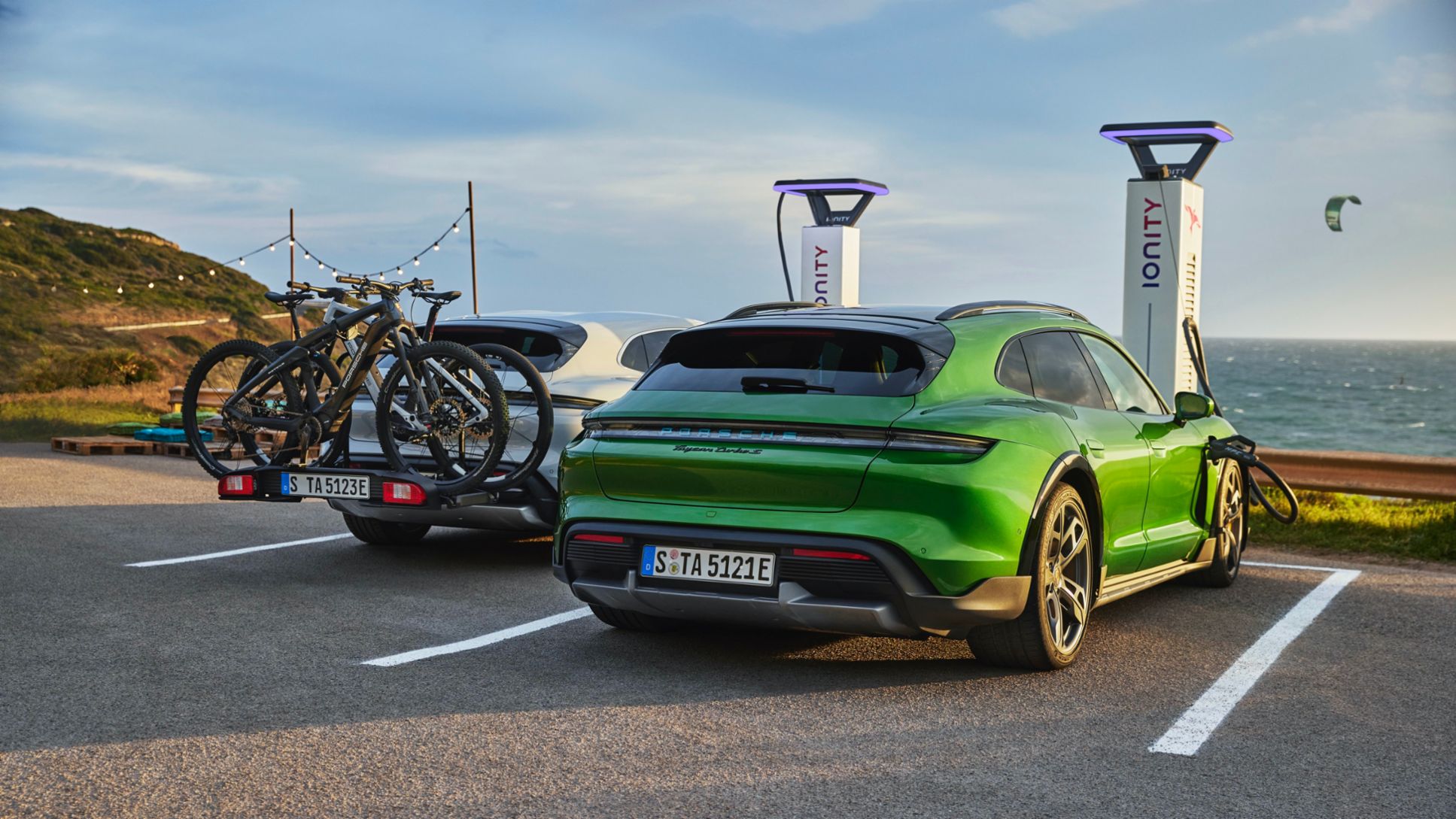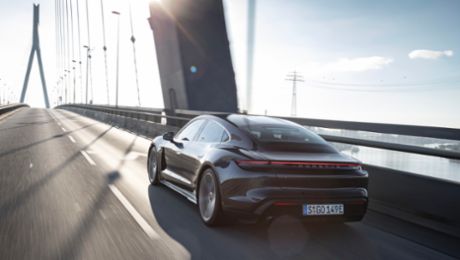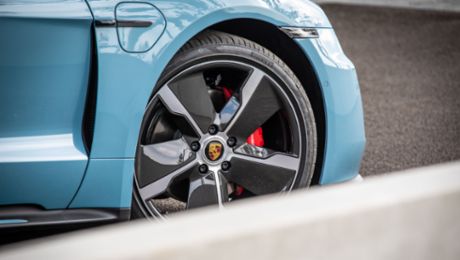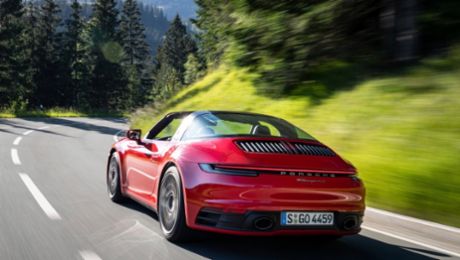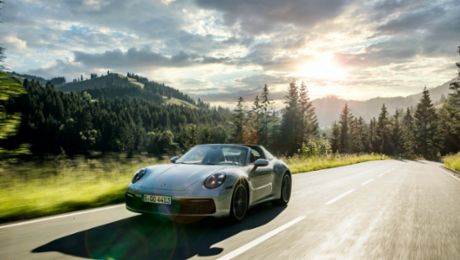The sports car manufacturer achieved double-digit growth in all sales regions. “We are extremely pleased that the community of Porsche customers continues to grow all over the world,” says Detlev von Platen, Member of the Executive Board for Sales and Marketing at Porsche AG. “Established models have supported this excellent result along with the latest additions to our product range, above all the new model variants of the all-electric Taycan. Thanks to the great appeal of our brand and a consistent sustainability strategy, we can look back on a very positive start to the year.”
Macan and Cayenne particularly in demand
Among the various models, the Macan was most in demand with 22,458 units delivered in the first quarter. The Cayenne followed in second place with 19,533 vehicles. Exactly 9,133 customers took delivery of the iconic 911 sports car while the first all-electric sports car from Porsche was equally popular: 9,072 Taycan cars were delivered in the first three months of the year. The mid-engine sports cars also remain popular: 6,190 examples of the 718 Boxster and 718 Cayman were delivered. The Panamera was handed over to 5,600 customers.
“We are extremely pleased that the community of Porsche customers continues to grow all over the world.” Detlev von Platen
China remains Porsche’s largest single market. In the first quarter of 2021, the sports car manufacturer delivered 21,991 vehicles there – 56 per cent more than in the same period last year. The overall positive development in Asia-Pacific, Africa and Middle East also continued – with 32,129 deliveries and an increase of 46 per cent. In the US, Porsche also significantly increased the number of vehicles handed over to customers: 17,368 sports cars were delivered, representing an increase of 45 per cent. In Europe, the figure was 19,389 – an increase of 16 per cent. The home market of Germany contributed to this with 5,957 vehicles handed over to customers, representing an increase of 14 per cent.
The demand in the first quarter confirms the sports car manufacturer’s optimistic outlook for 2021 as a whole. “Order bookings also continue to develop very well. We will fulfil the dreams of many more customers with our sports cars in the coming months,” says Detlev von Platen.
|
Porsche AG Deliveries |
January - March |
||
|
2020 |
2021 |
Difference |
|
|
Worldwide |
53,125 |
71,986 |
+36% |
|
Europe |
16,787 |
19,389 |
+16% |
|
Germany |
5,214 |
5,957 |
+14% |
|
America |
14,307 |
20,468 |
+43% |
|
US |
11,994 |
17,368 |
+45% |
|
Asia-Pacific, Africa and Middle East |
22,031 |
32,129 |
+46% |
|
China |
14,098 |
21,991 |
+56% |
